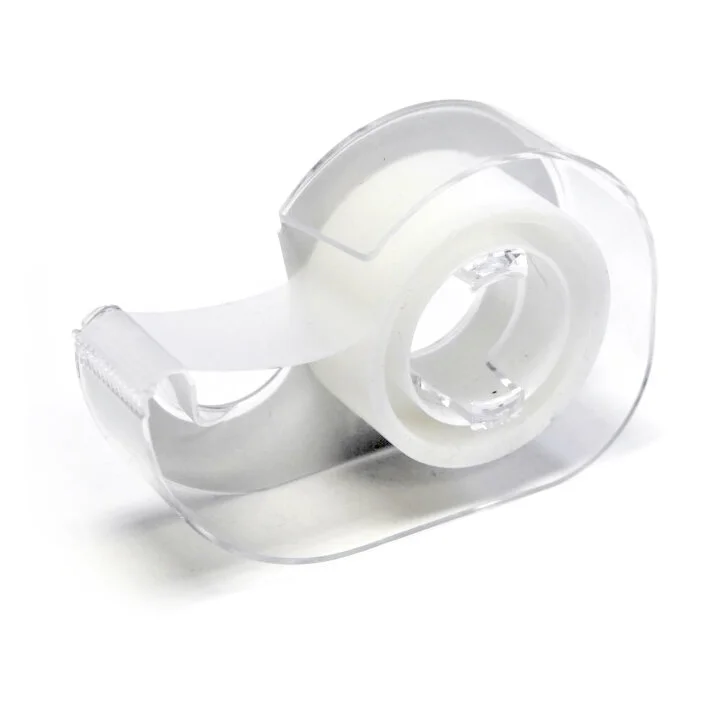w e a v i n g




~
PURPOSE
To experiment with paper or fibers
To understand warp and weft
To consider cultural aspects of weaving and fiber arts
THE EXERCISE
Illustrate the principles of design: UNITY, VARIETY, FOCUS, BALANCE, RHYTHM, SCALE, PROPORTION
INSTRUCTIONS
Use construction paper or inkjet paper, 8 1/2 x 11” or size of your choice.
CREATE WARP THREADS: Fold paper length wise in half. Cut paper into parallel strips about 3/4” thick, leaving edges uncut. Don’t cut all the way through. Then unfold your paper.
Tape your paper containing the ‘warp’ threads onto your table or working surface.
CREATE WEFT THREADS: Cut separate strips of paper between 1/2” and 3/4” thick.
WEAVE: Take your first strip of paper and weave it over strips 1, 3, 5, 7, etc.
Take your second strip of paper and weave it over strips 2, 4, 6, 8, etc.
Continue to alternate in this way. This is straight weaving.
EXPERIMENT
Try some variations in color and thickness of the weft thread-strips you weave.
Try some variations in over/under patterns you use to weave your weft thread-strips.
Try a second experiment by cutting your warp thread-strips with uneven edges.
YOU are THE WEAVER of DREAMS
BE INVENTIVE - CREATE NEW PATTERNS
EXPERIMENT WITH THE INTERACTION OF STRIPES
MAKE SOMETHING SPECIAL !!
IMAGINE
Imagine the effort involved using thin threads !
What kinds of patterns might be woven into the fabric? Do the colors or patterns have meaning?
GUATEMALA
BACKSTRAP LOOM
SCOTLAND
TARTAN KILT CLOTH
GHANA
KENTE CLOTH
materials
THEMES
This exercise helps us realize the intricacies involved in building patterns.












